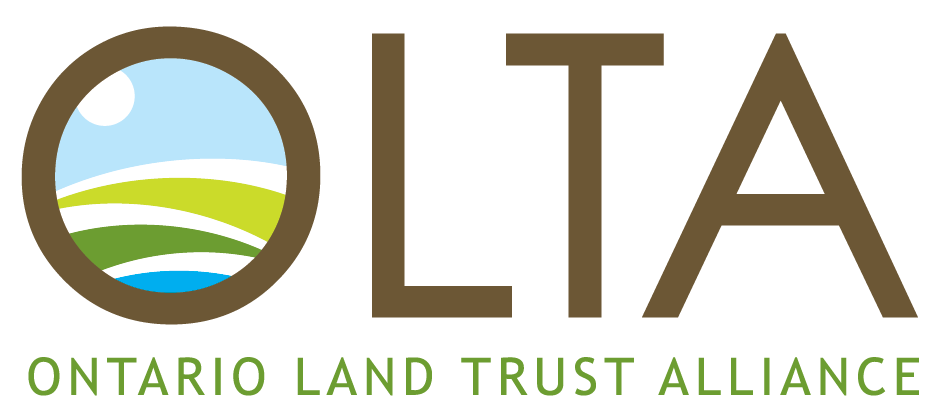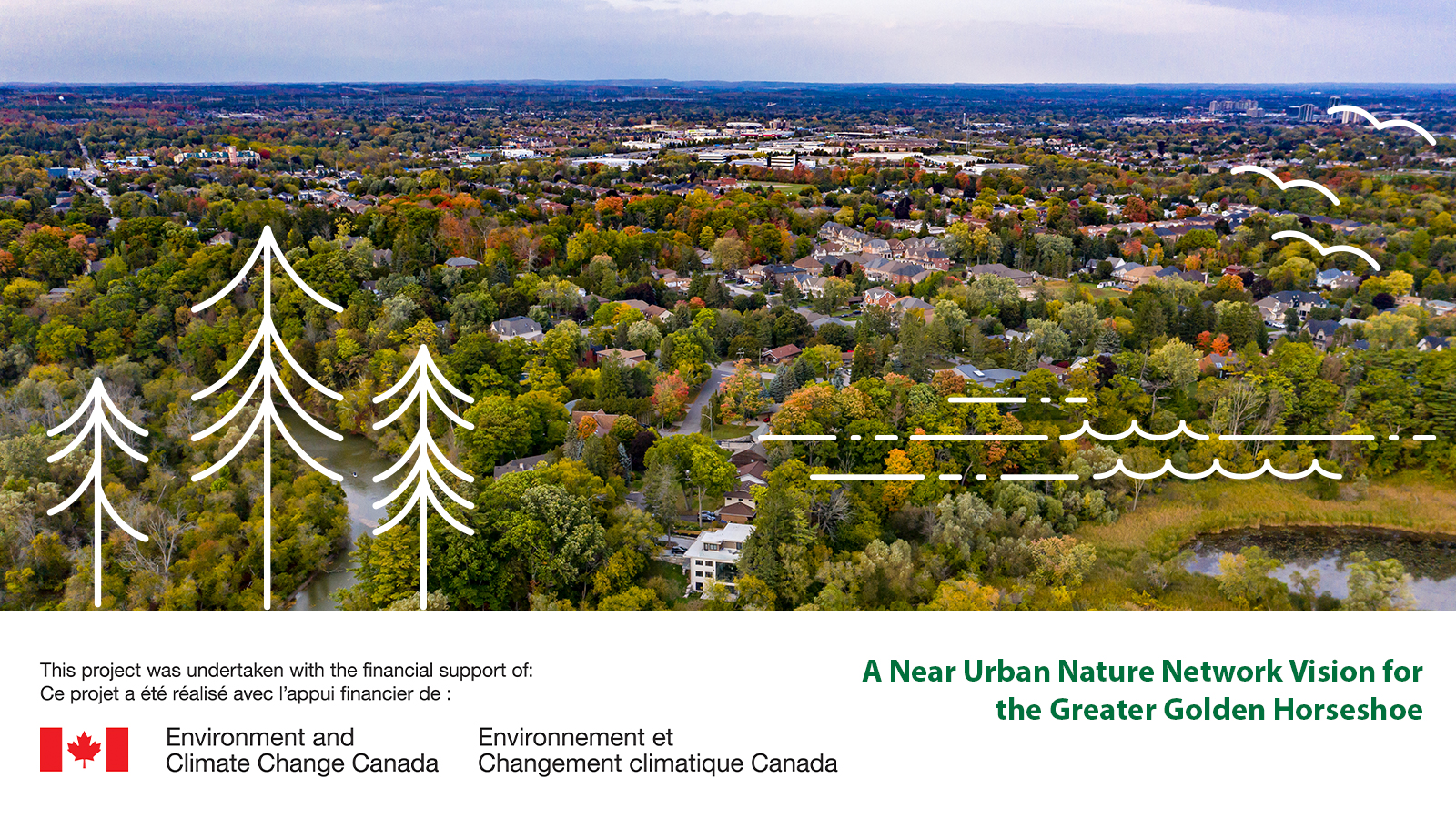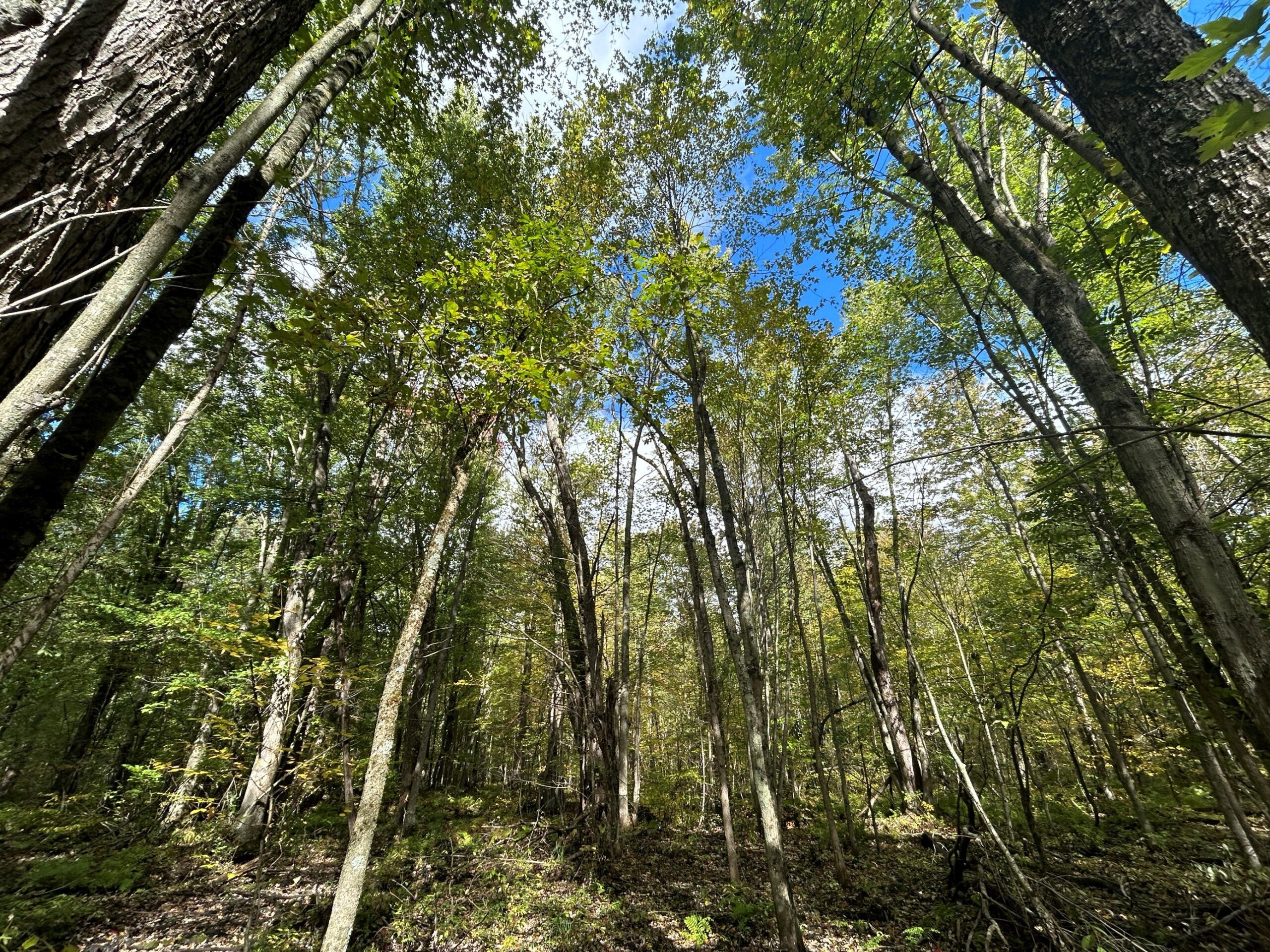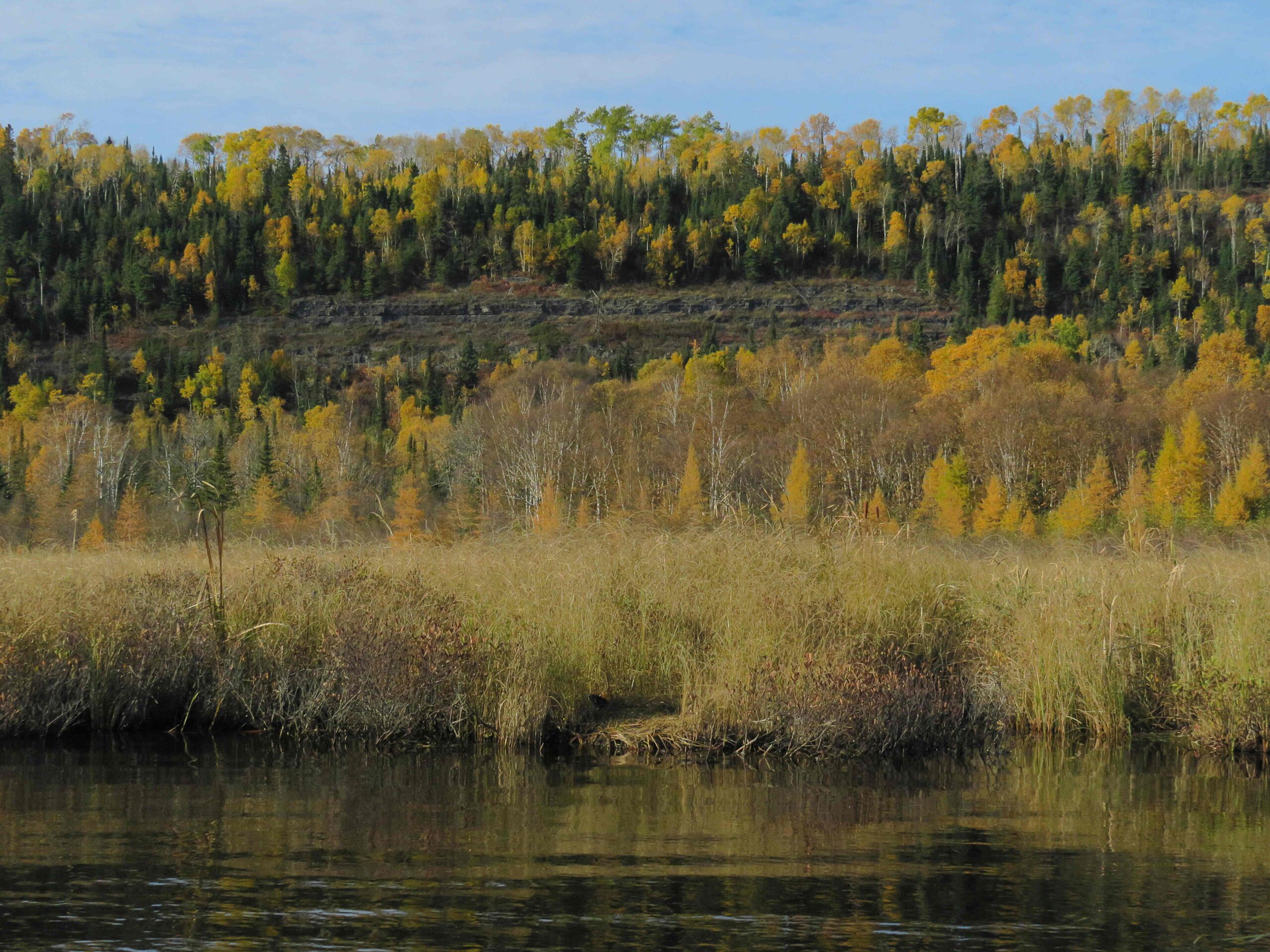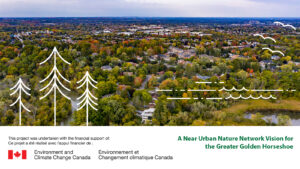May 05, 2021
Toronto, May 05, 2021, the Southern Ontario Nature Coalition (SONC) has released A Solution to Climate Change and Biodiversity Loss, a short summary report of solutions for protecting near-urban nature across Canada. These solutions will help Canada meet federal biodiversity and climate targets while conserving important near-urban areas as part of larger federal efforts to protect 25 per cent of Canada’s lands and waters by 2025 and to set the stage for 30 per cent by 2030. Federal, provincial, and local initiatives will all benefit from new solutions that help conserve near-urban biodiversity and improve climate resilience close to densely populated regions.
Key strategies uncovered by the SONC report include building on Ontario’s Greenbelt—a world-leading example of near-urban natural systems protection, which sits at the centre of important ecological zones in southern Ontario. Protection of near-urban nature requires multi-jurisdictional approaches given fragmented ownership and diverse interests. To be successful, dedicated funding will be required for innovative projects, as well as to support capacity for Indigenous Peoples and Communities to engage meaningfully.
While protection of near-urban nature is challenging, the governments of Canada and Ontario have supported SONC in completing an unprecedented examination of options for protecting nature in the Greater Golden Horseshoe (GGH)—Canada’s most rapidly urbanizing region. SONC is establishing a Near-Urban Nature Network that uses an ecological (“cores and corridors”) systems approach and Indigenous perspectives. These efforts will be critical to the success of conserving biodiversity and creating climate resilience in southern Ontario, while also providing social and economic benefits for a region that is home to one in four Canadians.
“The COVID-19 pandemic reminded us of the importance of connecting with nature – for our health, well-being, and for our communities,” says the Honourable Jonathan Wilkinson, Minister of Environment and Climate Change. “Having access to green spaces is a significant part of our plan to create a healthier future and today’s summary report is a critical step in protecting more nature in Southern Ontario and across the country.”
Near-urban nature is comprised of the forests, river valleys, wetlands, farmland, and other ecological features that surround and intersect urban communities. In the GGH, near-urban nature contains some of the highest levels of biodiversity in Canada, with more species-at-risk than anywhere else in Ontario. It also provides important ecosystem services, including flood control and water filtration. In this region alone, near-urban nature provides $3.2 billion worth of such services. These areas face unique risks and could be lost within decades if coordinated action is not taken.
“Our government is proud to support and invest in the work of the Greenbelt Foundation and its partners to create a Near-Urban Nature Network,” says Jeff Yurek, Minister of the Environment, Conservation and Parks. “We share the goal of protecting and enhancing the Greenbelt, as outlined in our Made-in-Ontario Environment Plan, and practical solutions like these to protect and enhance the resilience of important natural areas in near-urban areas will mean more sustainable greenspaces for future generations to use and enjoy.”
SONC is a coalition of experienced provincial, regional, and community-based conservation organizations, land-based policy experts, and Indigenous engagement specialists. Lessons learned to date are outlined in the summary report, A Solution to Climate Change and Biodiversity Loss, and will be expanded upon in a full technical report to be published in June.
“In rapidly urbanizing regions, like the Greater Golden Horseshoe, near-urban nature is at imminent risk from pollution, habitat fragmentation, invasive species, and climate change,” says Edward McDonnell, CEO of the Greenbelt Foundation. “Building on Greenbelt Foundation knowledge and expertise, SONC is poised to support all levels of government in balancing growth needs with protection of near-urban natural areas in order to sustain a healthy population and environment. Solutions we develop in southern Ontario will support work being done all across the country.”
Immediate next steps SONC would like to take:
- Provide capacity support to Indigenous Communities and Peoples so that they may participate in near-urban nature protection.
- Map wildlife movement corridors.
- Provide input to Ontario’s Working Group on Protected Areas, including opportunities to use new designations called “Other Effective Area-Based Conservation Measures” and “Indigenous Protected and Conserved Areas.”
- Build awareness of new federal protection measures.
- Partner with the Government of Canada to implement the Two Billion Trees Commitment in southern Ontario.
- Engage public and private landowners to take action in their own communities.
To read the summary report, A Solution to Climate Change and Biodiversity Loss, including key findings, click HERE.
For the full project backgrounder, click HERE.
